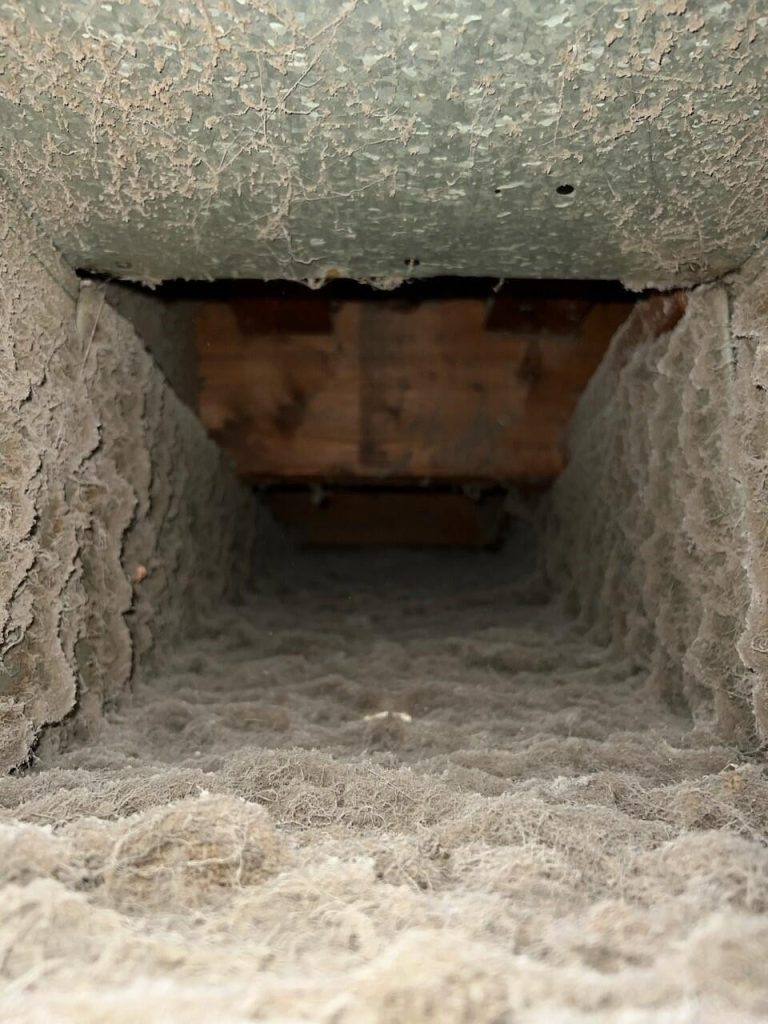Clearing the Air: How Air Duct and Carpet Cleaning Can Alleviate Asthma and COPD Symptoms
In our fast-paced world, indoor air quality often takes a back seat to other concerns. However, for those suffering from respiratory conditions like asthma and chronic obstructive pulmonary disease (COPD), the quality of the air they breathe can make a profound difference in their daily lives. While medical advancements have provided various treatments, a holistic approach that includes environmental considerations should not be underestimated. One such approach involves minimizing indoor air pollutants through duct cleaning and carpet cleaning. We want to delve into the science behind these interventions and highlight how they can effectively reduce asthma and COPD symptoms.


Understanding the Link Between Air Pollutants and Respiratory Conditions
Before diving into the benefits of duct and carpet cleaning, it’s essential to understand the connection between indoor air pollutants and respiratory conditions such as asthma and COPD.
Indoor air pollutants encompass a wide range of substances, including dust mites, pet dander, pollen, mold spores, and volatile organic compounds (VOCs) emitted by household products.
For individuals with asthma and COPD, exposure to these pollutants can trigger or worsen symptoms. Particulate matter and allergens can irritate the airways, leading to inflammation and increased mucus production, while VOCs can contribute to airway irritation and systemic inflammation.
The Role of Duct Cleaning
Heating, ventilation, and air conditioning (HVAC) systems play a crucial role in maintaining indoor air quality. However, over time, these systems can accumulate dust, debris, and allergens in their ductwork. When air flows through these contaminated ducts, it distributes pollutants throughout the living space, exacerbating respiratory symptoms for those with asthma and COPD.
Duct cleaning involves the thorough cleaning of all components of an HVAC system, including the ducts, vents, and filters. This process helps remove accumulated dust, debris, and allergens, resulting in cleaner air circulating through the home.
Research has shown that duct cleaning can have a positive impact on indoor air quality. A study published in the Journal of Occupational and Environmental Hygiene found that cleaning HVAC systems reduced airborne particulate matter, thereby decreasing exposure to allergens and irritants. Additionally, a study conducted by the National Air Duct Cleaners Association (NADCA) revealed that participants reported improved air quality and reduced respiratory symptoms after duct cleaning!
For individuals with asthma and COPD, the benefits of duct cleaning are apparent. Cleaner air reduces the risk of triggering symptoms, allowing them to breathe more comfortably and maintain a better quality of life.
The Impact of Carpet Cleaning
Carpets are cozy and add warmth to our living spaces, but they can also harbor a significant amount of allergens and pollutants. Dust mites, pet dander, pollen, and dirt can become trapped in carpet fibers, becoming a constant source of indoor air pollution. When disturbed, these particles become airborne and can be inhaled, triggering respiratory symptoms.
Regular carpet cleaning is essential to mitigate these risks. Steam cleaning, for instance, uses high-temperature water vapor to penetrate carpet fibers, loosening and removing dirt and allergens. This process not only enhances the appearance of carpets but also significantly reduces the indoor allergen load.
A study published in the Journal of Allergy and Clinical Immunology found that steam cleaning effectively reduced allergen levels in carpets, leading to improved indoor air quality and a decrease in asthma and allergy symptoms. Another study conducted by the American Academy of Pediatrics reported that frequent vacuuming and deep cleaning of carpets were associated with reduced levels of allergens, thereby potentially alleviating respiratory issues.
A Holistic Approach to Respiratory Health
While duct and carpet cleaning can significantly contribute to improved indoor air quality for individuals with asthma and COPD, it’s important to note that these interventions are most effective when combined with other strategies:
· Regular Cleaning: Routine cleaning of living spaces, including dusting, vacuuming, and cleaning surfaces, prevents the buildup of pollutants and allergens.
· Air Purification: Using high-quality air purifiers with HEPA filters can help capture airborne particles, further enhancing indoor air quality.
· Proper Ventilation: Adequate ventilation is essential to reduce indoor air pollutant concentrations. Opening windows and using exhaust fans can facilitate the exchange of indoor and outdoor air.
· Reducing VOCs: Minimizing the use of products that emit VOCs, such as air fresheners and certain cleaning agents, can contribute to better indoor air quality.
· Personalized Medical Management: While these interventions can alleviate symptoms, individuals with asthma and COPD should continue to follow their healthcare provider’s recommendations for medication and management.
Asthma and COPD are chronic conditions that require a multifaceted approach to management. Minimizing indoor air pollutants through duct and carpet cleaning is a valuable step toward improving the quality of life for those affected by these respiratory conditions. Clean ducts and carpets result in cleaner indoor air, reducing the risk of triggering symptoms and providing a healthier environment. By combining these efforts with regular cleaning, air purification, ventilation, and personalized medical management, individuals with asthma and COPD can breathe easier and enjoy a more comfortable and fulfilling life. Remember, when it comes to respiratory health, every breath matters, and the air we breathe plays a crucial role.
